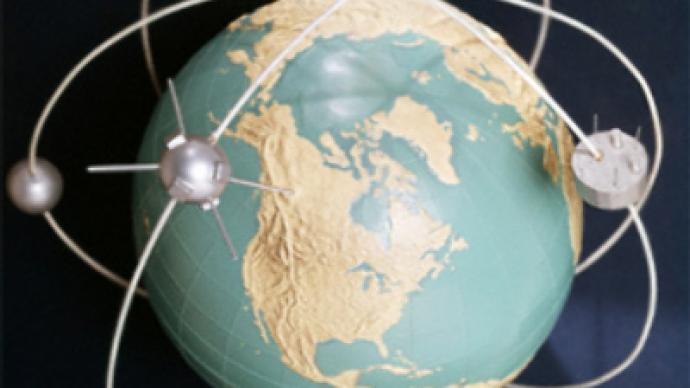New navigation system authorised

The Russian-made Global Satellite Navigation System (GLONASS) will soon start operating. The bill “Regarding Navigation Activity” was approved on Friday by the State Duma in the final reading.
The bill creates the legal platform for co-operation of all users of the Russian navigation system in different spheres of economy and regulates the use of GLONASS for Russian defence and security purposes.
The document specifies the powers of the President, the state and regional governments, companies and individuals in the navigation sphere. The new navigation equipment will be installed on transport, military machines and arms samples, regulated by Russian navigation systems.
The installation of navigation systems on the Defence Ministry’s equipment will cost around 9.5 billion roubles ($US 270 million). About 46,000 complete sets of the navigating equipment and about 600 control stations are planned to be allocated to other state structures. The cost of installation is estimated at 3.5 billion roubles ($US 100 million).
GLONASS-GPS opportunities
Portable satellite navigators are already quite familiar with Russian people for some time, but until recently they were guided by the American GPS system only. At the end of 2007, the first satellite navigator which received signals form both American GPS and domestic GLONASS systems was available to the public.
Now navigators are widely used by drivers, tourists, parents of small children, and even owners of dogs. The first-ever dog collar with the GLONASS-GPS navigator installed was put on Vladimir Putin’s Labrador Kony.
GLONASS background
The GLONASS Navigation Satellite System was born in 1982. By 1995 all 24 satellites of the project were operating. However, after the disintegration of the USSR and a lack of investments, the system fell into decay.
By 2001 there were less than ten satellites in orbit. The same year the project to begin repairing the system was launched.
Now GLONASS has 20 satellites. 17 of them are currently operating.












